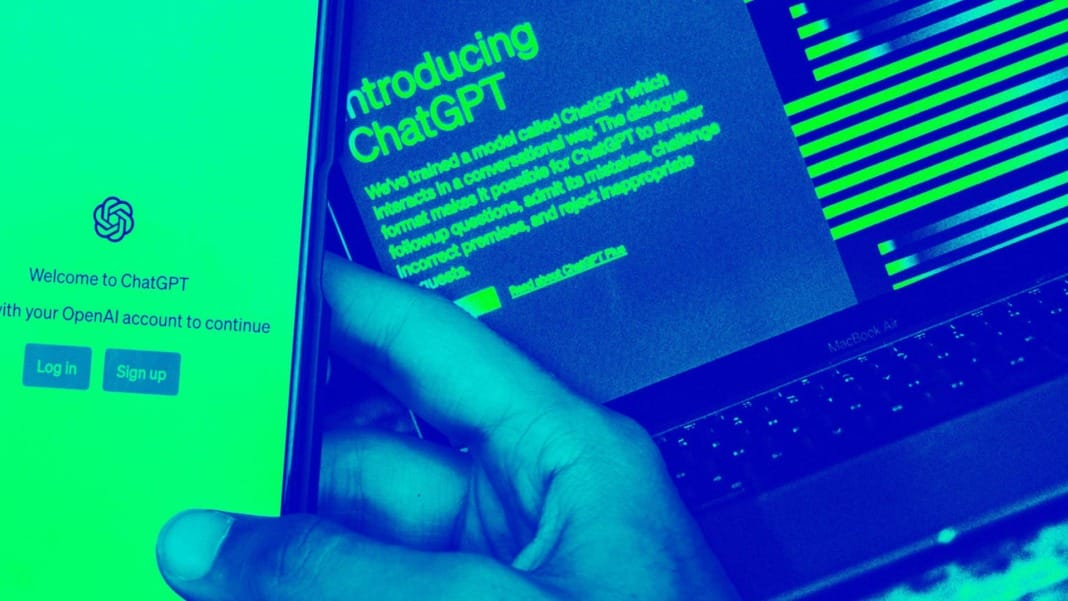OpenAI has announced a delay in the launch of its new open AI model. Initially planned for release in June, the model is expected to become available later this summer. Sam Altman, CEO of OpenAI, shared the news on June 10 via a post on X, formerly Twitter.
In the update, Altman explained the reason behind the delay. He said the research team made an “unexpected and quite amazing breakthrough.” While he did not provide specific details, Altman promised the outcome would be worth the wait. “We are going to take a little more time with our open-weights model,” he wrote. “Expect it later this summer, but not June.”
<blockquote class="twitter-tweet"><p lang="en" dir="ltr">we are going to take a little more time with our open-weights model, i.e. expect it later this summer but not june.<br><br>our research team did something unexpected and quite amazing and we think it will be very very worth the wait, but needs a bit longer.</p>— Sam Altman (@sama) <a href="https://twitter.com/sama/status/1932573231199707168?ref_src=twsrc%5Etfw">June 10, 2025</a></blockquote> <script async src="https://platform.twitter.com/widgets.js" charset="utf-8"></script>The open model is expected to match the reasoning power of OpenAI’s o-series of models and possibly surpass current top-performing open models on the market, such as DeepSeek’s R1.
A shift in OpenAI’s release plans
Earlier this year, OpenAI announced plans to release a new open model that would rival leading competitors. It was set to be the company’s first open model in several years. This move was a step toward making OpenAI’s technology more accessible to researchers and developers.
However, since the announcement, the AI landscape has evolved rapidly. Other companies have pushed forward with their open AI releases. On June 10, the same day as Altman’s post, rival AI company Mistral launched its series of reasoning models named “Magistral.” These models are designed to solve more complex problems and improve response accuracy.
In April, Chinese company Qwen made headlines by releasing its hybrid AI reasoning models. These models can switch between slower, more thoughtful reasoning and quicker, more standard responses, making them versatile in different situations.
OpenAI now finds itself in a race to catch up with these releases, and its delay adds pressure to deliver something awe-inspiring.
Features, expectations, and developer interest
Although OpenAI has not shared full details about its open model, sources say the company wants to include features beyond basic reasoning skills. According to a report, internal discussions have explored linking the model with OpenAI’s cloud-based models for handling complex queries. This would enable users to benefit from both local processing and advanced cloud support in one tool. However, it’s not yet confirmed whether these features will be part of the final release.
The release of this open model also plays a bigger role in OpenAI’s public image. Sam Altman has previously acknowledged that OpenAI has not been as open as many in the tech community would like. He even admitted that the company ended up on the “wrong side of history” when sharing its models openly.
By releasing a powerful open model, OpenAI hopes to regain trust among developers and researchers. The company wants to show that it supports transparency and open science, especially as other AI labs become more open and collaborative.
With competition heating up and the world watching closely, OpenAI has just a few more months to prove its model is worth the wait.





